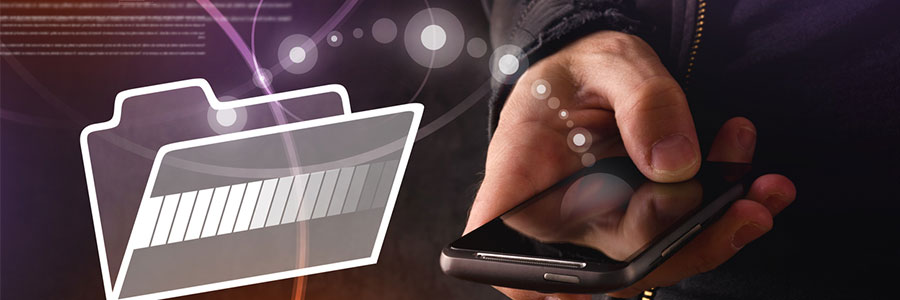Both businesses and individuals across dozens of countries are scrambling to fix their computer systems after a ransomware, named WannaCry, caused major disruptions earlier this month. Like most ransomware, WannaCry encrypts files and demands a Bitcoin payment for their release.
How to defend against WannaCry
What to look for in a VoIP distributor
More security features for Office 365
The most advanced Gmail phishing scam yet
Make your SMB stand out on social media
Ugly websites cost your business big time
Five tips to prevent VoIP eavesdropping

Eavesdropping is the intentional act of secretly listening in on a conversation, usually not for the best of intentions. Although today the act also includes VoIP telephone systems, it’s not a recent trend. As exemplified by the SIPtap attacks of 2007 and the Peskyspy trojans of 2009, cybercriminals have had their eye on VoIP ever since it was introduced to the market.
Microsoft Word bug: What you need to know

Software developers and hackers are in a constant game of cat and mouse. When cybercriminals find new security bugs to exploit, tech companies have to quickly release a solution that secures those vulnerabilities. Just this month, Microsoft released a patch to eliminate a Word exploit designed to steal user information.
The phishing craze that’s blindsiding users

Most phishing attacks involve hiding malicious hyperlinks hidden behind enticing ad images or false-front URLs. Whatever the strategy is, phishing almost always relies on users clicking a link before checking where it really leads. But even the most cautious users may get caught up in the most recent scam.
Why you need to back up your mobile devices

There was a time when mobile phones were used exclusively for calling and texting. Now, they can do so much more. Regardless of your level of tolerance or skill for managing documents in such a small gadget, mobile devices allow you to send and receive email, download and upload media files, store data, and even close business deals.






